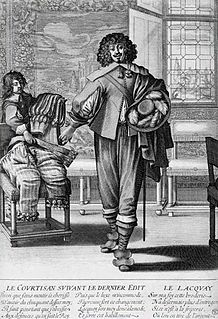 W
WChristmas celebrations in New England were illegal during parts of the 17th century, and were culturally taboo or rare in former Puritan colonies from foundation until the mid-18th century. The Puritan community found no scriptural justification for celebrating Christmas, and associated such celebrations with paganism and idolatry. Indeed, Christmas celebrations in 17th-century England involved Carnival-like behavior including role inversion, heavy drinking, and sexual liberties.
 W
WGun control is the set of laws or policies that regulate the manufacture, sale, transfer, possession, modification, or use of firearms by civilians.
 W
WThe general prohibition sign, also known informally as the no symbol, 'do not' sign, circle-backslash symbol, nay, interdictory circle, prohibited symbol, don't do it symbol, or universal no, is a red circle with a 45-degree diagonal line inside the circle from upper-left to lower-right. It is overlaid on a pictogram to warn that an activity is not permitted, or has accompanying text to describe what is prohibited.
 W
WProhibition of dying is a political social phenomenon and taboo in which a law is passed stating that it is illegal to die, usually specifically in a certain political division or in a specific building.
 W
WThe prohibition of drugs through sumptuary legislation or religious law is a common means of attempting to prevent the recreational use of certain intoxicating substances.
 W
WSmoking bans, or smoke-free laws, are public policies, including criminal laws and occupational safety and health regulations, that prohibit tobacco smoking in certain areas, usually in enclosed workplaces and other public spaces. Such policies are usually enacted to protect people from the negative health effects of passive smoking or second-hand smoke (SHS) exposure.
 W
WSumptuary laws are laws that try to regulate consumption. Black's Law Dictionary defines them as "Laws made for the purpose of restraining luxury or extravagance, particularly against inordinate expenditures for apparel, food, furniture, etc." Historically, they were intended to regulate and reinforce social hierarchies and morals through restrictions on clothing, food, and luxury expenditures, often depending on a person's social rank.